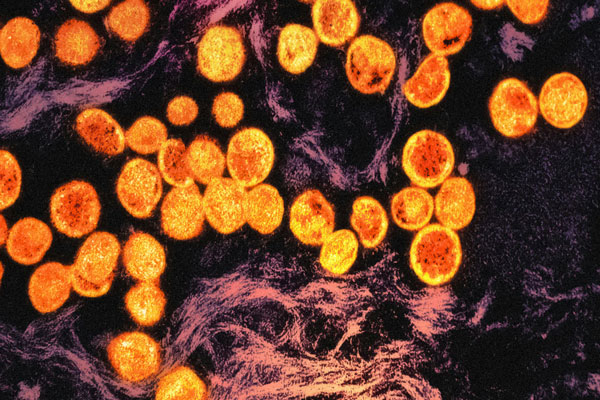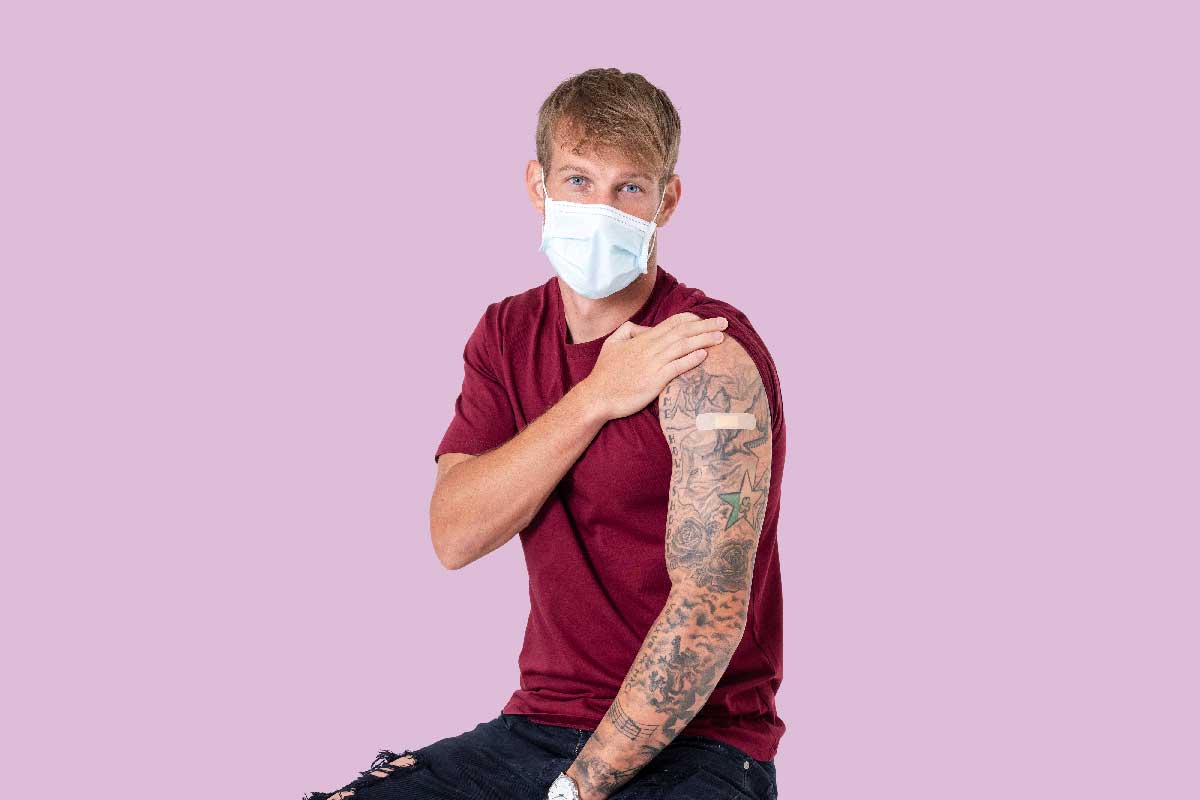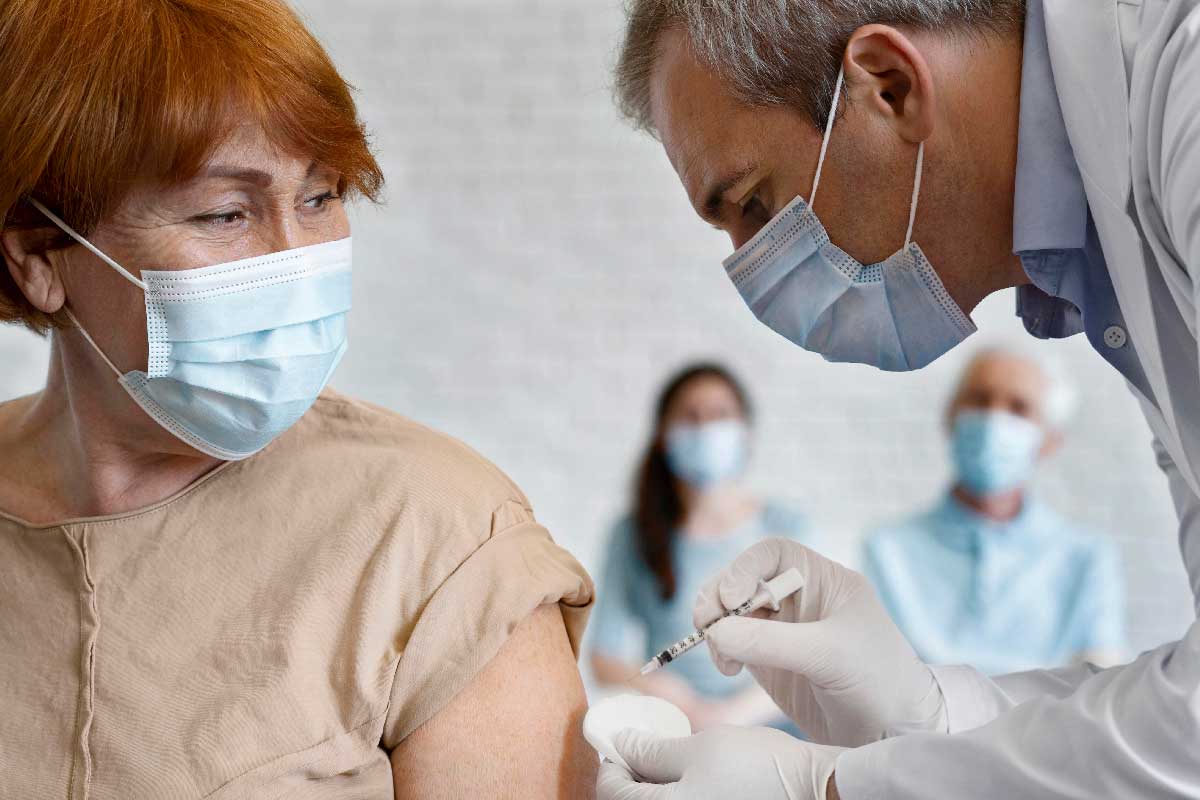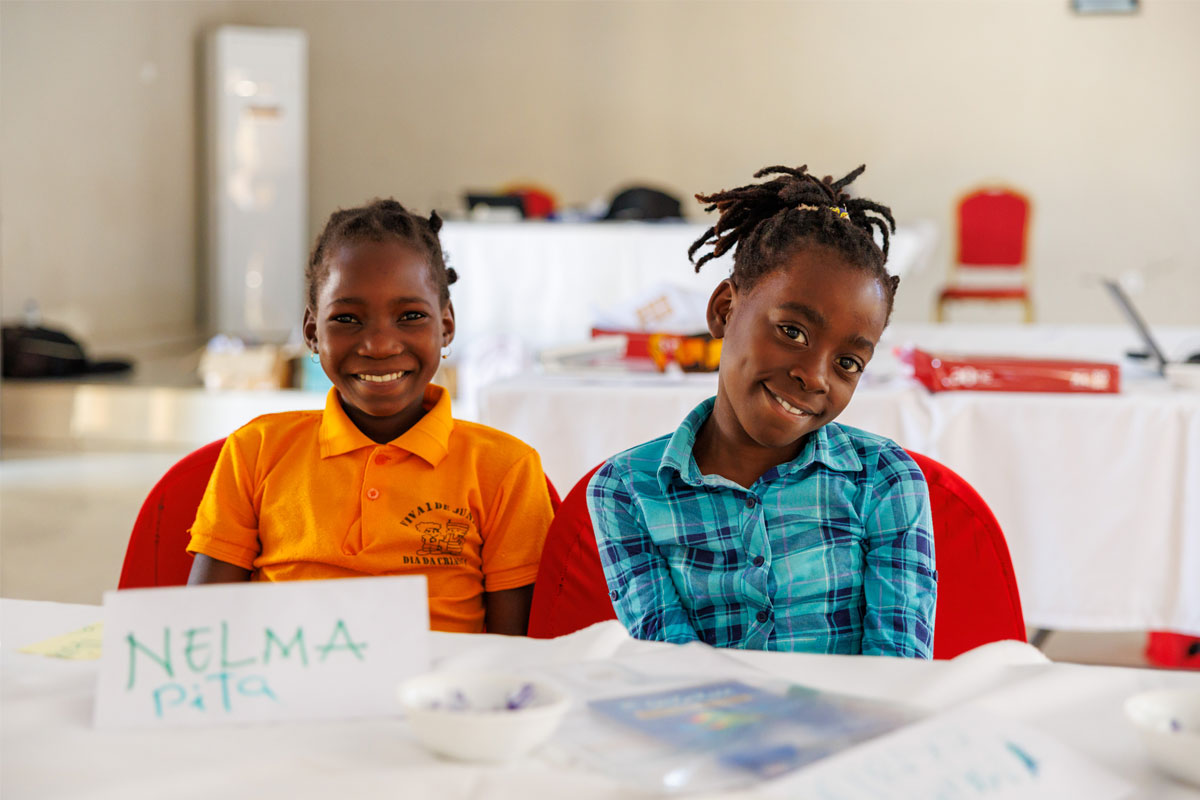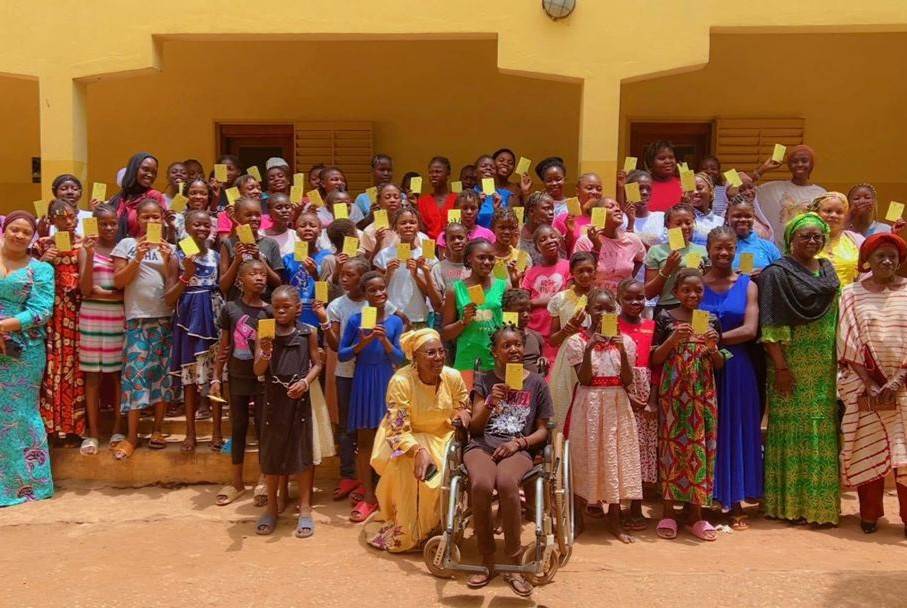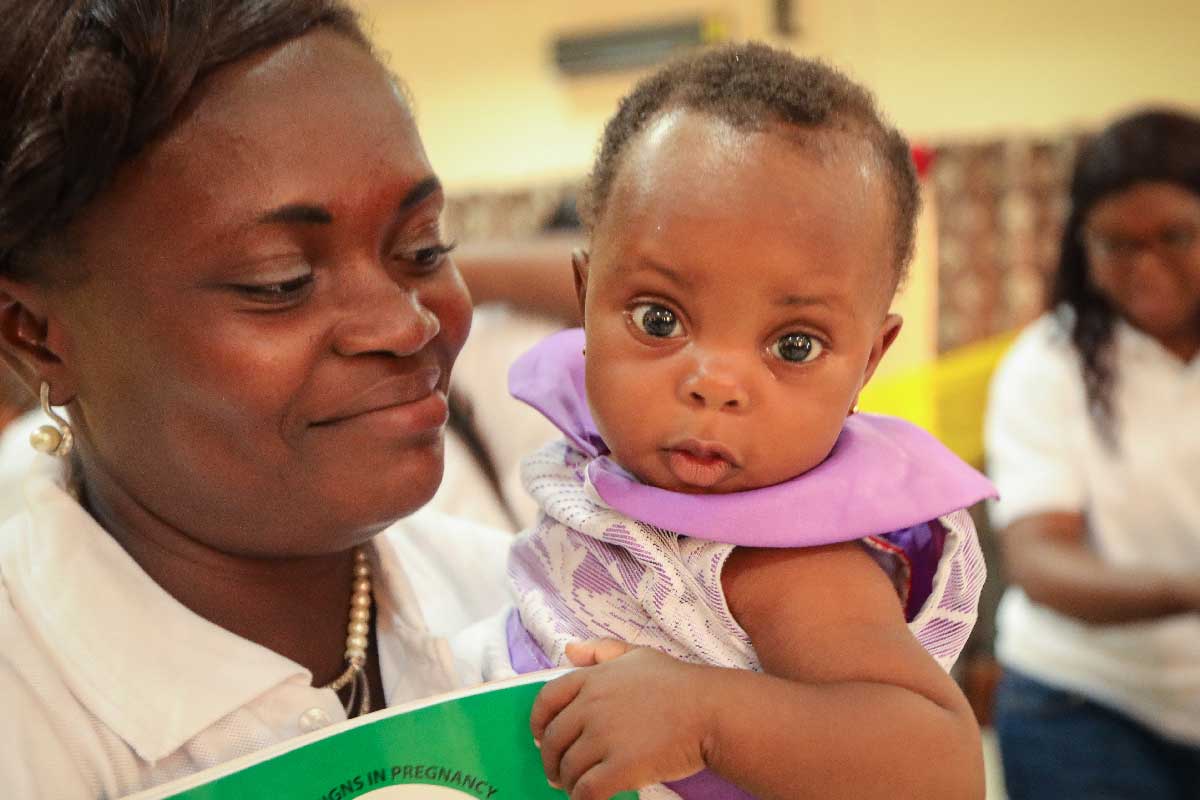Chikungunya vaccine could prevent millions of cases, finds global study
The first ever chikungunya vaccine is starting to be rolled out. Could it help bring an end to this mosquito-borne disease?
- 18 June 2025
- 3 min read
- by Priya Joi
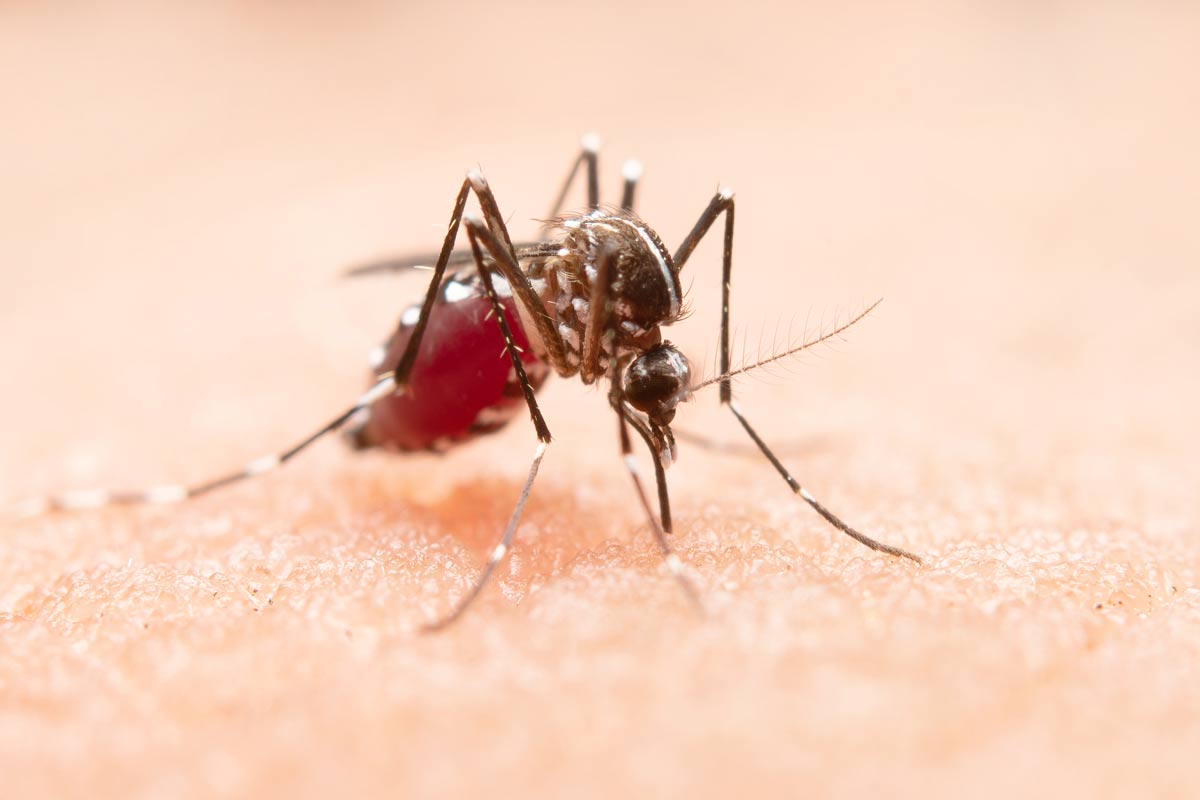
A chikungunya vaccine could stop millions of cases of the mosquito-borne disease that is widely prevalent in the Americas, Africa and South-East Asia. This is according to a study in Nature Medicine studying the potential impact of the vaccine.
A vaccine against the disease spread by the Aedes mosquito has been urgently needed for decades, and two – Valneva’s IXCHIQ and Vimkunya developed by Bavarian Nordic– have now been approved by the US Food and Drug Administration (FDA) and the European Medicines Agency (EMA). IXCHIQ is supported by the Coalition for Epidemic Preparedness Innovations (CEPI).
While chikungunya rarely kills, its impact is often long-term. Around 1 in 1,000 cases proves fatal but as many as 50% of survivors suffer persistent joint pain for months, severely impacting quality of life. With climate change expanding the range of Aedes mosquitoes, outbreaks are increasingly expected in new areas, including southern Europe and across the Americas.
Potential vaccine impact
The researchers analysed chikungunya patterns across 180 countries and found that 104 are experiencing ongoing or sporadic virus transmission.
Around 2.8 billion people live in at-risk areas, and the virus infects an estimated 35 million people annually. While outbreaks typically arise about every 6.2 years, the study indicates that in epidemic years, nearly 8% of susceptible populations may become infected.
Modelling simulations evaluated a reactive vaccination strategy using the recently licensed IXCHIQ vaccine.
To create a model of vaccine impact, the authors relied on consensus estimates from an expert panel of individuals from academia, WHO, CEPI and Gavi on key characteristics of the vaccine, which estimated that the vaccine provides 70% protection against disease, 40% protection against infection and an average period of protection of five years.
The study found that, on average, achieving 50% vaccination coverage of the population exposed to an outbreak would require 132 million doses per year. Around a quarter of this need would be driven by India, where the virus is endemic.
The researchers estimate that at this level of vaccination, there would be 5.8 million fewer infections, 168,000 fewer chronic cases, 450 fewer deaths and 22,900 DALYs averted per year.
Scarce data
The decision to roll out a vaccine that would need to be funded by donors generally relies on a vaccine investment case, which quantifies the impact of using a vaccine on the number of infections, cases and deaths averted.
In the case of chikungunya, however, a significant hurdle in deploying the vaccine is that there remains a limited grasp of the burden of disease around the world.
The symptoms of chikungunya are similar to those of dengue and Zika, making it easy to misdiagnose and harder for countries to accurately determine the number of people infected. Inadequate surveillance also means there is a poor understanding of where the virus circulates, hampering the development of investment cases.
As the authors point out, although the development of the vaccines is a major milestone, Gavi, which supports lower-income countries to purchase vaccines, has put chikungunya vaccines on a Learning Agenda to gather sufficient information to inform decisions on the likely impact of the vaccine. The vaccines are not yet WHO-approved either, which is a prerequisite for Gavi to roll out vaccines in-country.
The researchers call for long-term studies to confirm how long vaccine protection lasts, how it affects transmission and how different deployment strategies will play out in real-world settings.
